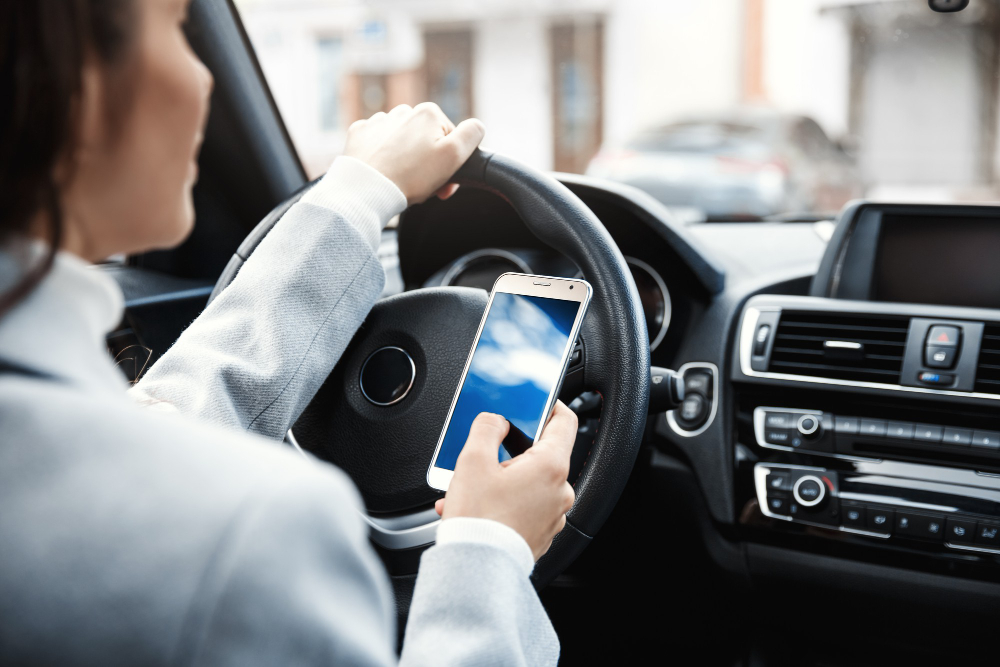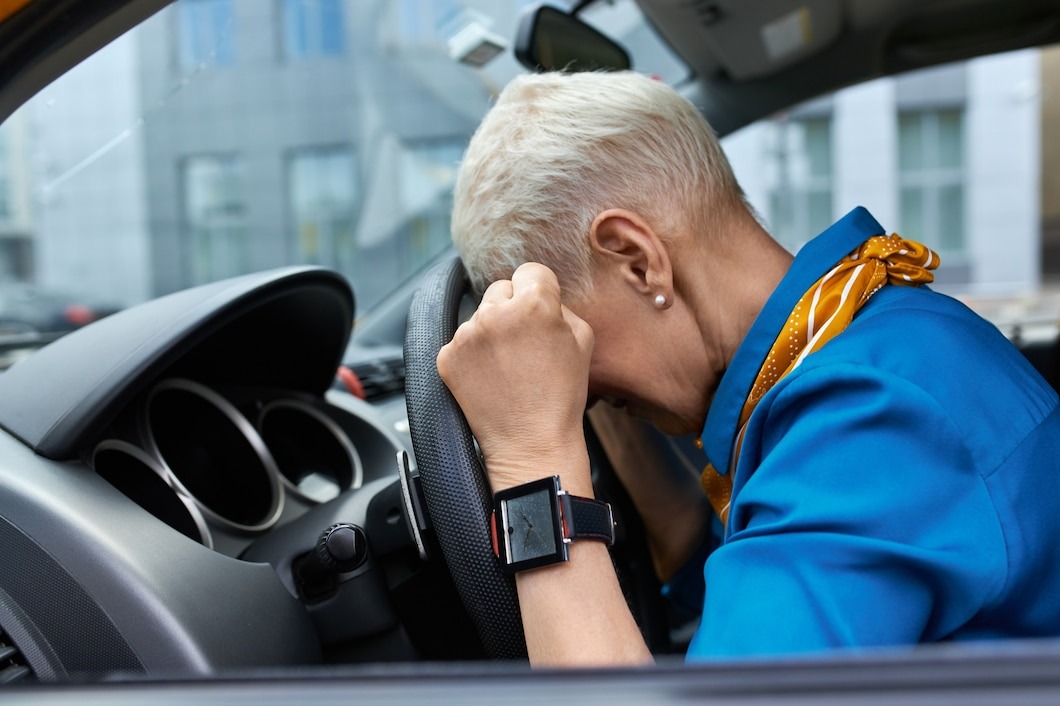Distracted driving poses an widespread issue that leads to numerous fatalities and injuries annually. It refers to the act of driving while being engaged in activities that divert the driver’s focus away from the road. Such activities encompass using a cell phone for talking or texting, consuming food or beverages, adjusting the radio or navigation system, conversing with passengers or observing something, outside the vehicle. Engaging in driving compromises the drivers visual perception, reaction time and decision making abilities thereby escalating the chances of a collision.
Types and Effects of Distracted Driving
According to the Centers for Disease Control and Prevention (CDC), there are three main types of distraction that can affect drivers:
- Visual: taking your eyes off the road
- Manual: taking your hands off the wheel
- Cognitive: taking your mind off driving
Engaging in activities, like texting can be extremely dangerous especially when using a smartphone that can cause distractions at once. One particularly concerning example is texting while driving, which takes your focus away from the road for an average of five seconds. In that span of time you could easily travel the length of a football field if you’re driving at 55 mph.
The consequences of driving are severe. Can even be fatal, not just for drivers but also for passengers, pedestrians, cyclists and other road users. According to the National Highway Traffic Safety Administration (NHTSA) distracted driving resulted in the loss of 3,142 lives in 2019. Surprisingly approximately one out of every five individuals who lost their lives due to accidents involving a driver were not inside vehicles. Were either walking, cycling or simply present outside a vehicle.
How to Prevent Distracted Driving

Distracted driving is preventable if drivers take responsibility and follow some simple tips. Here are some ways to avoid distracted driving and stay focused on the road:
- Do not use your cell phone while driving. “If you have the need to place a call or send a text message it is important to find a spot to pull over or utilize a hands free device. Alternatively it is advisable to switch off your phone or put it on mode before commencing your journey.”
- Do not eat or drink while driving. Make sure to plan and have a meal before getting behind the wheel or find a rest area to stop and eat. It’s important to avoid eating or drinking while driving as it can distract you from keeping your hands on the wheel and your eyes on the road.
- Do not adjust your radio or navigation system while driving. Set up your music playlist, radio station, or GPS destination before you start driving. If you need to change something, ask a passenger to do it for you or pull over to a safe place.
- Do not talk to passengers while driving. Conversations can distract you from the road and take your mind off driving. Limit your interactions with passengers and ask them to help you stay focused on the road.
- Do not look at anything outside the vehicle while driving. Looking at billboards, scenery, accidents, or other vehicles can take your eyes off the road. Keep your eyes on the road ahead and scan your mirrors frequently.
Conclusion
Distracted driving is a behavior that poses risks of accidents, injuries and even fatalities. It refers to any activity that diverts your attention while driving like using a phone, eating or drinking, adjusting the radio or navigation system, conversing with passengers or gazing at something outside the vehicle. To prevent driving it’s advisable to follow some simple guidelines such as switching off your phone, having your meal before hitting the road, setting up your music or GPS before starting your journey, limiting conversations with passengers and staying focused on the road. By avoiding distractions while driving you not only safeguard yourself but also contribute to a safer driving environment for everyone else, on the road.




